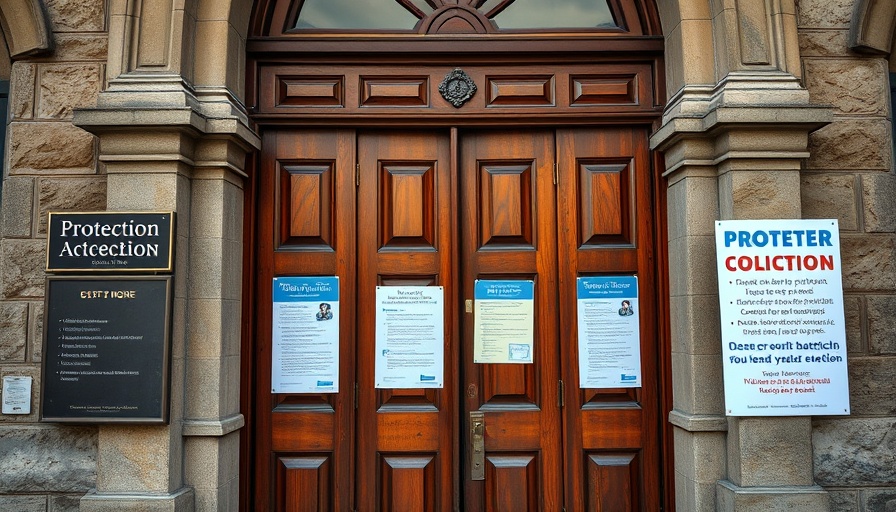
A Sanctuary for the Displaced: St. Paul and St. Andrew Methodist Church Leads the Charge
In a world where immigration laws are rapidly changing and asylum seekers face new threats, the unwavering commitment of St. Paul and St. Andrew Methodist Church in New York City shines as a beacon of hope. Under the leadership of Pastor K. Karpen, this church has become an essential refuge for migrants seeking safety and support, bravely standing firm even as the federal government rolls back protections for sensitive locations.
Upholding a Legacy of Sanctuary
Founded centuries ago, the concept of sanctuary has deep roots in Christian tradition. Pastors like Karpen view their role not just as spiritual guides but as protectors of vulnerable communities. 'There's a long, long tradition in Christianity of providing sanctuary. It goes back to the Middle Ages and even before,' he emphasizes. For the past seven years, since the beginning of the Trump presidency, St. Paul and St. Andrew has provided food, clothing, and immediate legal assistance for immigrants facing deportation.
The Fight for Sensitive Locations
The Trump administration's policy changes have significantly altered the landscape for immigrant protections across the United States. Once considered safe havens, schools, churches, and hospitals are now vulnerable to Immigration and Customs Enforcement (ICE) operations. The decision to rescind the policy limiting ICE's access to these locations has sparked fear amongst immigrant communities, pushing many into hiding. Nevertheless, Karpen reports that the church continues to see a steady stream of individuals seeking refuge, a testament to its commitment and the community’s trust.
Why Sanctuary Cities Matter
Sanctuary cities, like New York, act as crucial havens for undocumented immigrants. The ideals behind these cities are supported by local leaders and communities who recognize that fostering an environment where immigrants can come forward safely—especially as witnesses or victims of crime—is not only humane but enhances public safety. As discussions about the definition of sanctuary cities and their role in society continue, the unwavering commitment of communities like St. Paul and St. Andrew stands as a powerful counter-narrative to federal policies aimed at criminalizing immigrants.
Coping with Fear: The Emotional Toll
For many migrants, the fear of deportation is exacerbated by feelings of isolation and uncertainty. As documented by Pastor Karpen, numerous asylum seekers have expressed hesitance to leave their homes, often refraining from venture outside. The sanctuary model not only provides logistical support in the form of food and legal counsel but also creates a safe space for individuals to share their stories and fears, an essential human connection in times of trauma.
Future Trends: What Lies Ahead for Sanctuary Churches
The future of sanctuary churches is uncertain as immigration policies continue to evolve. Yet, it is evident that faith communities are stepping up to fill the gaps left by a changing political climate. More churches and religious organizations are starting to reconsider their roles and responsibilities toward vulnerable populations in their areas. What could this mean for the future of humanitarian work within religious spaces? Are we on the verge of a growing movement encouraging faith-based organizations to operate as safe havens?
Conclusion: The Call for Action
As the landscape of immigration continues to shift, the responsibility held by faith communities becomes increasingly significant. The story of St. Paul and St. Andrew Methodist Church illustrates not only resilience but raises pressing questions about our collective responsibility to support those seeking refuge. Will your faith community take a stand? Embrace the call to transform your space into a sanctuary for the marginalized and voiceless? The time for dialogue is now, but action is vital.
 Add Row
Add Row  Add
Add 




 Add Row
Add Row  Add
Add 








Write A Comment